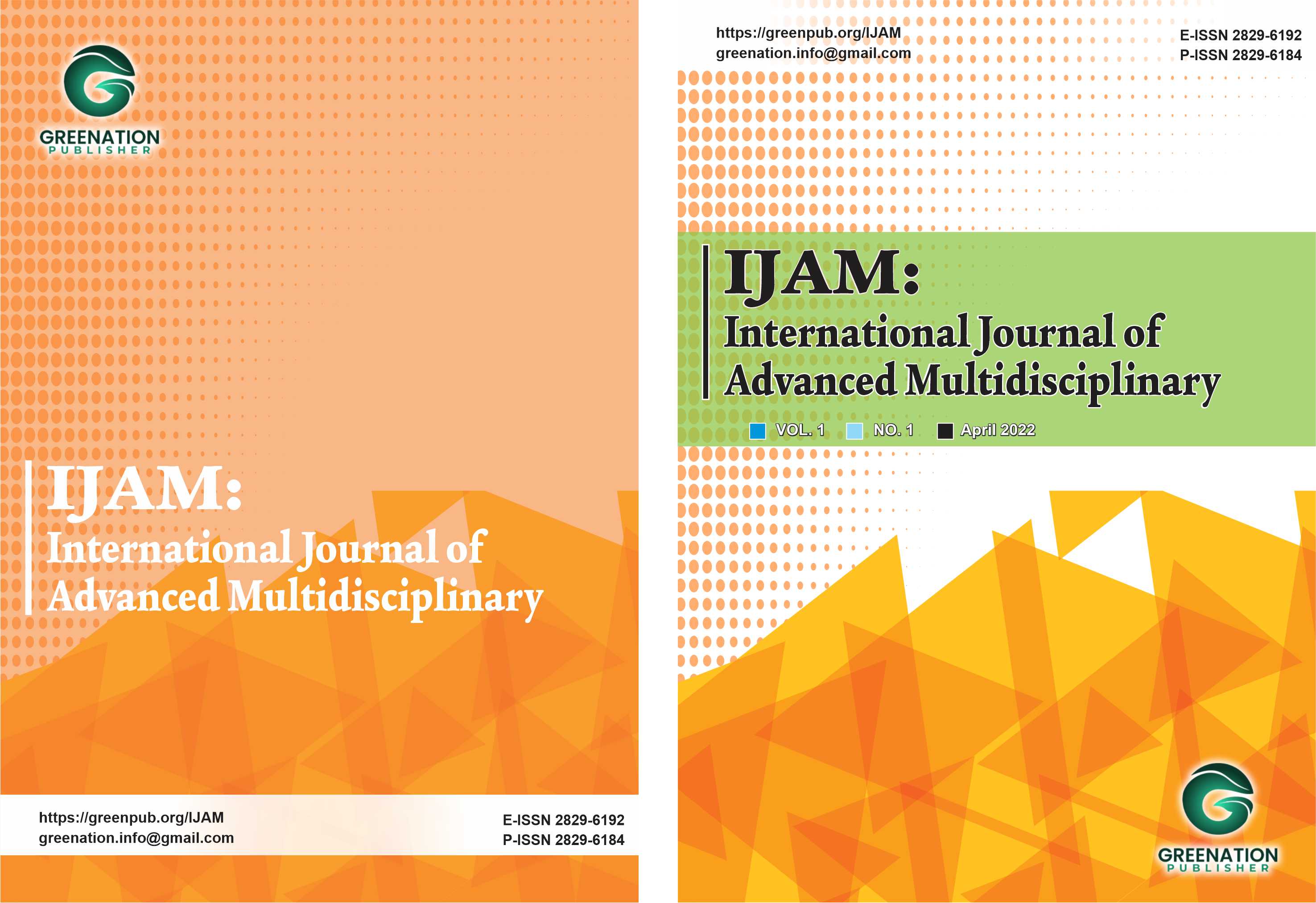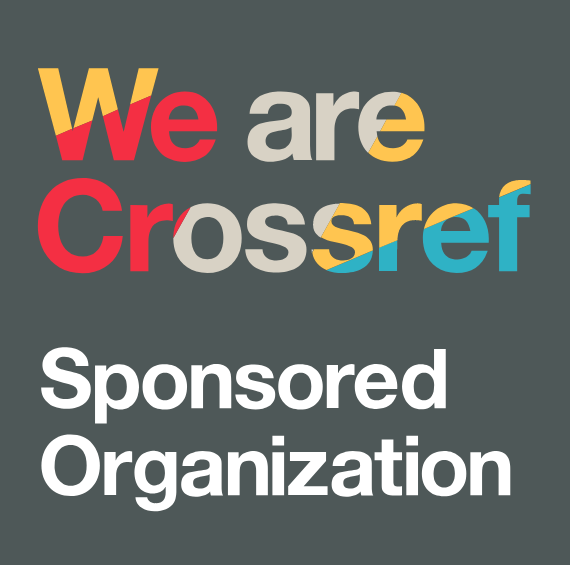Improving Collaboration Ability Through the Jigsaw Type Cooperative Learning Model for Early Age Children 5-6 Years at the Pembina Muara Bulian State Kindergarten, Batanghari Regency, Jambi Province
DOI:
https://doi.org/10.38035/ijam.v2i4.454Keywords:
Jigsaw Type Cooperative Learning Model, Cooperative AbilityAbstract
This research aims to examine children's cooperative abilities using the jigsaw type cooperative learning model in early childhood at the Pembina Muara Bulian State Kindergarten, Batanghari Regency, Jambi Province. Collaboration referred to in this research is an interaction or relationship between students and teachers or between students and other students in order to achieve learning goals. This type of research is Classroom Action Research (CAR), which is a method where a group of people can organize circumstances in which they can take lessons from their own experiences and make those lessons available to others. Where the teacher is the implementer of learning while the researcher is the observer. This research design uses the Kemmis and Mc Taggart model. This research is in the odd semester 2023/2024, namely in February. The subjects of this research were students at the Pembina Muara Bulian State Kindergarten, consisting of 15 people. The object of research is students' cooperation abilities. Data collection techniques use observation, interviews, questionnaires and documentation. The data was analyzed descriptively and presented in the form of tables and graphs. The results of the research showed that there was an increase in children's cooperation through the pre-cycle with a percentage of 44.44%, an increase of 0.9% in cycle 1 to 45.37% and when carried out in cycle 2 it increased by 17.09% in cycle 2 to 62.46% and when done in cycle 3 it increases by 21.24% in cycle 3 to 83.70%. With the increase in the percentage of children's social development to achieve success of more than 80% in the very well developed category, the process of improving the cooperation of children aged 5-6 years through the jigsaw type cooperative learning model has been completed and achieved the target.
References
Abdul Majid, Studying and Learning NAYIslamic Religious Education, (Bandung, PT Teen Rosdakarya, 2012) QA
A bdul Majid, Strategy RA Learners, (Bandung: Adolescents Rosdakarya, 2017)
Agus Krisno Budianto, Syntax 45 Learning Methods in Student Entered Learning, (Malang, 2016)
Agus Suprijono, Cooperative Learning Theory And PAIKEM application, (Yogjakarta: Pustaka Learn , 2012
Ahmad Susanto, Early Childhood Education (concepts and theories), (Jakarta: Bumi Aksara 2018)
Anas Sudijono, Introduction Evaluation Education, (Jakarta: Rajawali , 2015)
David Sulaiman Putra , Application of Learning Models Cooperative Jigsaw Type Against Results learn Chest Fitting Playing Basketball , (Vol.02, No.03, 2011)
Department of Religion, Insight into the Duties of Teachers and Education Personnel, 2005
Ekawarna, Classroom Action Research, (South Jakarta: Reference, 2013)
Hasbullah, Basics of Education , (Jakarta 2006)
Hearti , Learning Model Cooperative Jigsaw Type Increase Results Learning , (Jakarta, 2019)
https://jurnal.stkipkieraha.ac.id/index.php/pendas/article/download/192/136/ , Accessed on Thursday 12 January 2023, 21.14 .
https://www.e-jurnal.com/2014/02/besar-kerjasama-anak-usia-dini.html Accessed Monday 06 March 2023, at 21:58
https://www.dakwatuna.com/2008/04/07/482/taawun-menghadirkan-kebaikan-dan-takwa/#ixzz4vFnA3THZ Accessed on Sunday May 07, 2023, at 22:17
Hurlock, Child Development, (Jakarta: Erlangga, 2013)
Isjoni, Cooperative Learning. Student Library. (Yogyakarta, 2019)
Jalongo MR, Early Children Language Art (United States of America: pearson Education Inc, 2006)
Ministry of National Education, Reference for Preparing PAUD Curriculum, (Jakarta: Ministry of National Education, 2010)
Ministry of Education and Culture Directorate General of Early Childhood Education and Community Education Directorate of Early Childhood Education Development, Early Childhood Education Learning Assessment (Jakarta: Directorate of Early Childhood Education Development, 2015)
Kemmis And Tagart, The Action Researcher Planer, (Vitoria: Deakin University, 1988)
Kunandar, Kelai Action Research, (Jakarta: Rajawali Pers, 2011)
Lajnah Pentashihan Mushaf Al-Qur'an, Al-Qur'an and its translation, (CV. Rabita-Surabaya, 2016)
Mohammad Ali, Educational Research Procedures and Strategies, (Bandung: Angkasa 1982)
Mulyasa, M. Pd, PAUD Learning strategies, (Bandung, Pemuda Rosdakarya, 2017)
Nurfaizah, Implementation Learning Cooperative Jigsaw Model in Learning Child Age Dini, (Vol.3 No.1, 2021)
Oemar Malik, Curriculum and Learning, (Jakarta Bumi Aksara, 2015)
Rojiatul Faroh, Implementation Jigsaw Type Cooperative Learning Learners for Develop Child Age Dini, (2018).
Saifuddin Azzwar, Research Methods, (Yogyakarta: Pustaka Belajar, 2004)
Saputra & Rudyanto, Learning Cooperative for Increase Skills Child Kindergarten, (Jakarta: Ministry of National Education, Higher Education, 2005)
Setiyati, Building Work Same Team (Group), (Semarang: Journal Stie)
Sugiyono, Understanding Qualitative Research (Bandung: Alfabeta, 2008)
Suharsimi Arikunto, Research Procedures a Practical Approach, (Jakarta: Rineka Cipta, 2013)
Suprijono, Agus. Cooperative Learning Theory and Application of Paikem. (Yogyakarta: Student Library, 2009)
Downloads
Published
How to Cite
Issue
Section
License
Copyright (c) 2024 Melija Hayati, Lukman Hakim, Hindun

This work is licensed under a Creative Commons Attribution 4.0 International License.
Authors who publish their manuscripts in this journal agree to the following conditions:
- The copyright on each article belongs to the author(s).
- The author acknowledges that the International Journal of Advanced Multidisciplinary (IJAM) has the right to be the first to publish with a Creative Commons Attribution 4.0 International license (Attribution 4.0 International (CC BY 4.0).
- Authors can submit articles separately, arrange for the non-exclusive distribution of manuscripts that have been published in this journal into other versions (e.g., sent to the author's institutional repository, publication into books, etc.), by acknowledging that the manuscript has been published for the first time in the International Journal of Advanced Multidisciplinary (IJAM).























